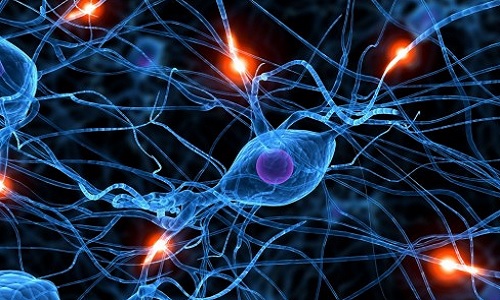
Developmental lay summaries
- BRAIN UK Ref: 24/003 – Investigation of corticogenesis defects in Dravet Syndrome patientsDravet syndrome is a severe form of epilepsy. It is characterized by frequent, prolonged seizures. These are often triggered by high body temperature (hyperthermia), developmental delay, speech impairment, ataxia, sleep disturbances, and… Read more
- BRAIN UK Ref: 23/014 – Delineating the neuropathophysiological mechanisms underpinning severe drug-resistant epilepsy in Alpers’ syndromeAlpers’ syndrome is a rare mitochondrial disease caused by changes in a gene known as POLG1 which results in very severe childhood epilepsy with rapid neurological decline and premature death… Read more
- BRAIN UK Ref: 22/003 – Role of microglial subtypes in neurodevelopmental brain diseasesMicroglia are the immune cells of the brain. They play an important role in defending the brain against injury and infection. However, it has become apparent that these cells are… Read more
- BRAIN UK Ref: 21/021 – Are vascular defects present in the spinal cord of Spinal Muscular Atrophy patients?Spinal muscular atrophy (SMA) is a childhood form of motor neurone disease. It targets the nerve cells (motor neurons) found in the spinal cord. These nerve cells are the key link between the brain… Read more
- BRAIN UK Ref: 18/012 – How the matrisome drives human neocortex folding during development and neurodevelopmental disordershe neocortex (the outer part of the brain) is the seat of many of the higher cognitive functions that make us human, such as our memory, speech and advanced learning. How the neocortex controls these functions remains… Read more
- BRAIN UK Ref: 17/016 – Understanding the mechanisms contributing to epileptogenesis in Alpers’ diseaseAlpers’ syndrome is a rare progressive disorder which typically affects young children (6 months to 3 years) and is characterised by severe epilepsy, loss of developmental skills and liver failure… Read more
- BRAIN UK Ref: 17/011 – Tau and A2AR expression in Alexander’s diseaseAlexander’s disease is a rare terminal disease mostly affecting children. The disease is in a group of brain cells called astrocytes and a genetic link has been identified as the cause. However, little is known about… Read more
- BRAIN UK Ref: 17/009 – Investigating the role of extracellular matrix in human neocortical developmentThe cerebral cortex is the major centre for cognitive processes, including memory, awareness and language, and is arguably an integral part of what makes us human. Understanding the mechanisms behind its development and function… Read more
- BRAIN UK Ref: 16/012 – DNA/RNA instability in spinal muscular atrophySpinal muscular atrophy (SMA) is severely debilitating and ultimately life-limiting conditions that selectively affect motor neurons, the nerve cells that control our voluntary muscles… Read more
- BRAIN UK Ref: 13/006 – Characterising microglia/macrophage polarization in paediatric brain injuryOur research centres on finding out more about how brain damage develops in babies with cerebral palsy and investigating the natural processes that are involved in brain repair… Read more
- BRAIN UK Ref: 13/005 – UK brain bank for autism and other developmental disordersA hugely varying range of impairments and abilities are associated with normal and abnormal development of our brain. Autism spectrum disorder (ASD) in its most severe form can be very disabling… Read more
- BRAIN UK Ref: 11/005 – Fight Alpers’Alpers’ syndrome is a rare progressive disease typically of childhood characterized by seizures, mental retardation, blindness and liver failure. It is caused by a defect in a gene present in subcellular elements called mitochondria… Read more
- BRAIN UK Ref: 10/002 – White matter disorders in children: From magnetic resonance to basic defectLay summary not available.
